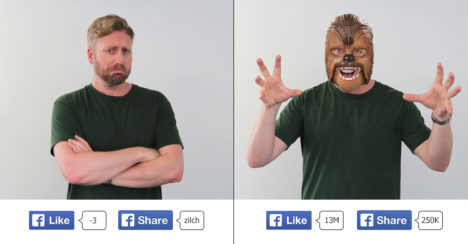A definitive listicle on how to make your video go viral (disclaimer: no promises)
Nick Snelling shares his tips and strategies to boost your video views into the viral stratosphere, but first, he asks, is ‘viral’ really what your video needs to make it a success?
Ah, yes. The mythic ideal of going viral. That ole chestnut. Once the hallowed pursuit of every content marketer. Creating a video for a brand that gets seen, shared and liked so many times it spawns its own HBO series of memes, homages and spoofs.
In my case, the first example was a long-form Facebook piece I penned which clocked over 35,000 views and almost half as many shares. I forget the exact amount, because a few days later it became a SMH opinion article only to score a mere fraction of the page views my initial post did (curiously, the original story has disappeared from my social media feed altogether, and I have no idea how).
The second was an illustration I shared by an artist called James Fosdike (and for the record, I attribute its 88,000+ views more to his powerful political cartoon than my accompanying rant).
Point being, as Social Caffeine’s Lori R. Taylor said the other day, “Going viral is not an outcome; it’s a happening. Sometimes it happens, sometimes it doesn’t. Just remember, fans are vanity and sales are sanity.”


Really, you don’t get Chewbacca lady ??
she just wanted the Chewbacca mask for her !
Kids get everything now days
gosh they have smart phone & tablets before they can talk … (worried about that)
We all have that child want inside too, she indulged it
and then we all recognised and appreciated it
some vicarious enjoyment through her
simple, it made you smile & enjoy, good feeling, easily gained by clicking play, want more, so play again and share more
simple – click play, feel good ! its free !!
make someone else feel good and share
so watch, feel good, share, play, watch, feel good – like a snowball
do you get it now ?
its not a formula, its a feeling, people always remember how you make them feel ~!
I’m with Nick,
I do NOT get the Chewbacca Lady. It wasn’t funny to me. I felt like she talked for way too long, built up to a climax that was mediocre. There was no “feel-good” for me, just second hand embarrassment and irritation.
I don’t see the point of this piece when you have already posted about Woolshed repeatedly achieving intentional “viral”. Though awesome story bro about that facebook post that got attention one time, then disappeared.